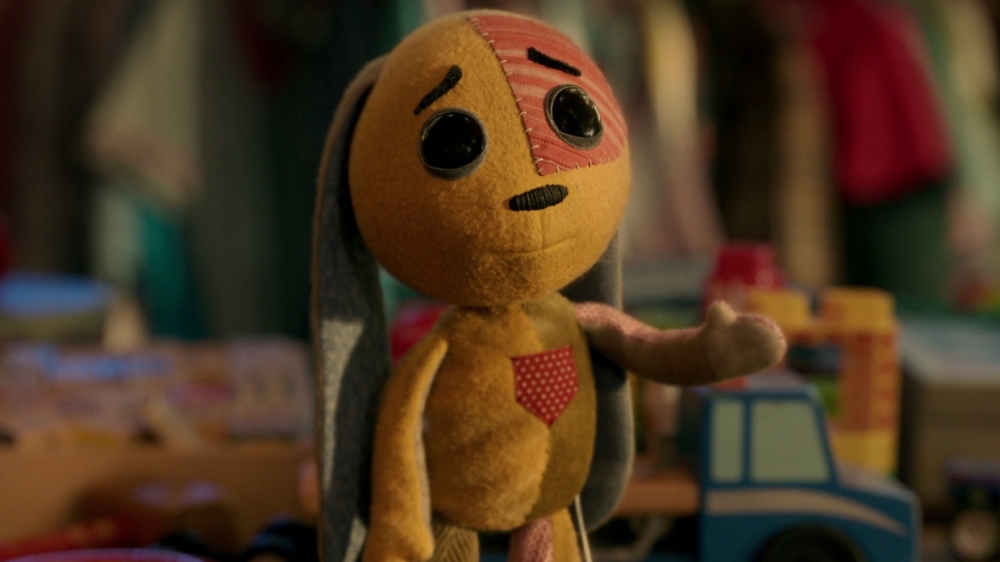
C. Kim Miles grew up in Malaysia, where there were just three available TV channels, only one of which presented programs in English. He recalls Saturday mornings soaking in Indian, Hindu, and Telugu movies with his mom, who happened to dabble in photography as a hobby.
Those early experiences proved to be, pardon the pun, his first exposure to moving images and creating imagery, and they paved the way for Miles’ career as a Cinematographer on such films and TV shows as Alienated, Arrow, The Flash, Welcome to Marwen, Lost in Space, Home Before Dark, and the Emmy-nominated Showtime series Yellowjackets.
More recently, Miles shot the Netflix limited series Lost Ollie, which was a hybrid of animation and live-action. A gorgeous, hit-you-in-the-feels viewing experience, Lost Ollie — which is based on the book Ollie’s Odyssey by William Joyce — follows a stuffed toy rabbit named Ollie (Jonathan Groff) who is determined to find his owner, a young boy named Billy (Kesler Talbot). To do so, however, he’ll have to escape from the thrift shop, which he does with the help of a toy clown named Zozo (Tim Blake Nelson) and a tough teddy bear, Rosy (Mary J. Blige).
Meanwhile, Billy has his own heartbreaking issues to deal with, the result of an illness in his family; Gina Rodriguez and Jake Johnson co-star as Billy’s parents, and the series plays as a sort of darker, sadder, occasionally scary, and deeply cathartic twist on Toy Story.
Below the Line recently spoke with Miles about his early days in the business, how his work on Welcome to Marwen helped prepare him for Lost Ollie, and his upcoming projects, among them a Michael J. Fox documentary and Bobby Farrelly’s latest film.
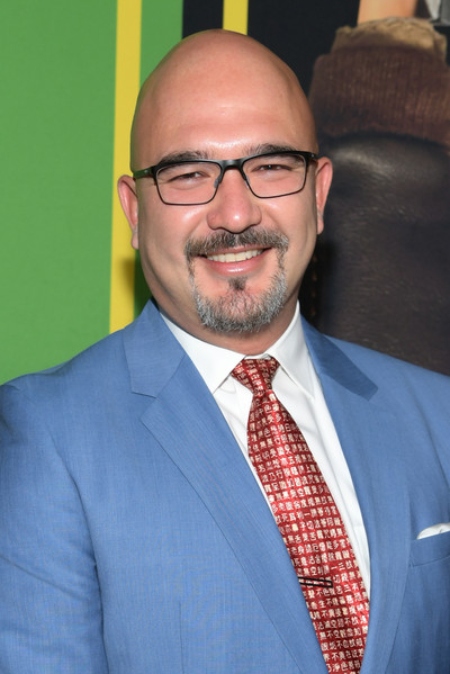
Below the Line: How did you make the leap from having a burgeoning interest in images to entering the DP field?
C. Kim Miles: My best friend all through school, right from kindergarten all the way to high school, was the son of a couple [who] owned a commercial production company. His dad had built that company out of being a cel photographer. After high school, he said, ‘Hey, you’ve got time off before college, why don’t you come be a grip? You can work with me!’ I said, ‘What’s a grip?’ That was the end of that.
We finish school a little bit early in Malaysia; I graduated when I was 15. I was 15 when I started in the business, at Peter Robinson Studios in Malaysia, shooting commercials. The first commercial was an Anchor Beer commercial with a British DP named Greg Hassall, who I think has since passed, but it was intriguing. Between that and the interest I had in photography, it just stuck.
BTL: Who gave you your big break?
Miles: That was a Canadian director, Jerry McKenna, who was in Malaysia for a commercial. I was a camera assistant. I knew him obliquely because my wife and I were friends with his daughter. We kind of knew him socially from going over to their place for dinners, barbecues, and other things. He called one day and said, ‘Hey, you’re coming out and doing a commercial with me in two weeks.’ I said, ‘Sure, but why are you booking camera crews?’ He said, ‘No, you’re shooting it!’ I told him, ‘Oh, no, I don’t know anything about that. I don’t know anything about the lighting.’ He replied, ‘Well, it’s too late. I already cleared it with the agency.’ That was the start. I didn’t know what the heck I was doing. My head was spinning.
The first dramatic thing was in Canada with a director named David DeCoteau, who was from the Roger Corman school of chaos, and a producer named Kirk Shaw in Vancouver, who built a little bit of an empire in the early 2000s. They were just building content and shooting 150 movies a year. I managed to slip into that.
BTL: Let’s talk about Lost Ollie. How did the project come your way?
Miles: A good friend of mine, Brent Crowell, a producer in Vancouver, whom I’ve worked with on The Flash, called and said, ‘Hey, you want to do a show that’s like Toy Story meets Lord of the Rings?’ I laughed and said, ‘Sure.’ The director was Peter Ramsey, and he is really good friends with Stefan Dechant, who is a production designer here in L.A. Stefan and I worked together on Welcome to Marwen with Bob Zemeckis, and Stefan endorsed me to Peter. It came from two directions.
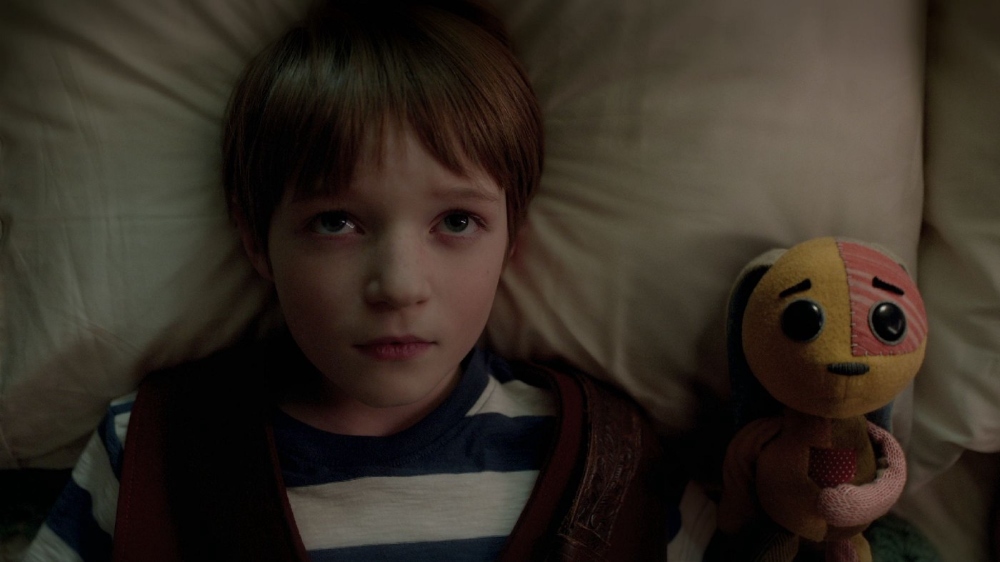
BTL: What did you see as the challenges and opportunities on Lost Ollie?
Miles: You could see [them] right away. Right on the page, you could tell that this was a labor of love from (series Creator) Shannon Tindle and his writing team, and that this was more than a regular show. I knew that having just done Marwen, which was shooting miniatures in reverse, I was familiar with what we were going to need to do to tell the story down at puppet level. I was interested in the challenge of pulling something off that was meant to be photo-real, and I was excited to have an opportunity to work with Hayden Jones and Stefan Drury over at ILM. I knew their work and wanted to be a part of that. I think it was the challenge of being small and trying to tell the story from the perspective of little puppets that was the most intriguing thing to me.
BTL: In what ways did Marwen prepare you for Lost Ollie, and in what ways did it not?
Miles: It was very different. Marwen was a movie that had lots of time. Bob would argue that he didn’t have enough time, but we had lots of time to prep and pre-visualize every moment, and then just come to shooting days with a plan. That was the biggest difference. Ollie was more like a TV show where we’d show up every day and just wing it. Marwen was good preparation, even though we were doing things in reverse; we were shooting full-size adults and trying to make them feel like small dolls. It forced me to research miniature photography a little bit harder and expand my knowledge of that. It put me in that world.
I was trying to basically deconstruct miniature photography and develop ways to shoot miniatures, to make miniatures out of full-size adults, so it was a matter of, “Okay, let’s go back to the miniatures and see what we need to do to make the world of these little puppets feel of an appropriate scale to tell the story.” It’s easy to shoot little puppets on the floor, and they can feel like little puppets, but it’s hard to be down there, from their perspective, and experience the world in a legitimate way. That was the challenge.
BTL: What kind of a collaborator was Peter?
Miles: Peter was great. This was one of his first live-action things. He’d always wanted to do live-action, and that was his goal from the beginning. He segued into storyboarding, and that became animation, and then animation took over for him. He was looking forward to doing something live-action. Pete was absolutely fantastic; receptive to ideas, respectful of the process, and very willing to learn and accept guidance.
Often when you’re doing television, as a cinematographer, you’re trying to help guide the director into what the lexicon of the show is, and in this case, it was trying to guide him into a live-action environment where decisions had to be made on the day [and] in the moment, rather than the animation approach, which is, “Let’s do a scene and render it out, then we’ll think about it and come back.”
I was changing a couple of things. We didn’t have the luxury of that sort of time. Having to make decisions, right on the floor, was new territory for him. There were several times during the course of the show, he’d come up and say, ‘I don’t know how you guys can make decisions this fast, keep shooting, and still get quality work.’ That was interesting.
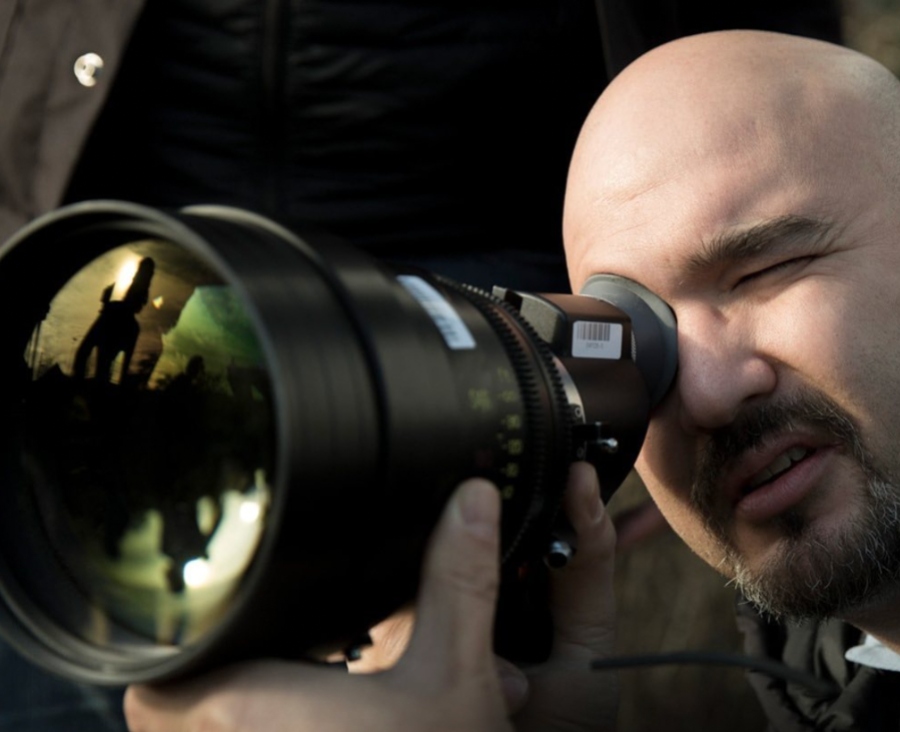
BTL: 20 years ago, it’s very unlikely you’d see an African American director and a Malaysian director of photography working on a major animated project. But with Netflix and other streamers, it’s a whole new world these days.
Miles: It really is. That’s not something that’s been very present in my mind all through my career. I’ve never felt like I have lost work because of my background. But of late, I believe in merit, and Peter was a natural choice to direct the show. I don’t want to sound utopian, but I don’t see color, personally, and Peter was the right guy for the job. But, you’re right. In retrospect, it’s like, “Wow.” Look at how far it’s come in the last little while and since then, Peter’s been busy. He’s been doing Mandalorian and some other shows I’m probably not allowed to talk about. It’s lit a fire for him, and deservedly so. It’s amazing.
As for me being Malaysian? We had Mark Hamill come on The Flash some years ago, and I remember saying, ‘Those Star Wars movies when I was a kid growing up in Malaysia represented a world outside, a dream world that existed outside of Malaysia that was just out of reach. If it hadn’t been for those movies, I don’t know if I’d be doing this,’ because those movies lit a fire for me as well. His response, of course, was something to the effect of, ‘Hey, we thought we were making the biggest mistake of our lives making that movie.’
In hindsight, looking back, it’s pretty crazy. I’ve been incredibly lucky with opportunities and people that have gone out on a limb for me. As a consequence, I try to do that now for other people and try to give an opportunity where I think it’s due and will be capitalized on. It’s getting tougher and tougher these days because the industry is changing so much. The human psyche is changing so much. Everybody’s so entitled now, and it’s hard to weed out the people that deserve the opportunities, more and more these days, but it’s fun. It’s great. I enjoy doing that.
BTL: Technology keeps evolving. What would you say have been the biggest changes in cameras and production since you started? And how do you keep up with those changes?
Miles: The switch from film to digital has been a big thing [along with] the evolution of digital cameras. I’ve been lucky enough to have the support of the ARRI Group for a long time with the ALEXA camera system. I get the opportunity to play with new technology as it comes out and offer a little bit of feedback here and there. The biggest change, in terms of a day-to-day basis, is the dynamic range of the new cameras and being able to almost see into the dark and see the highlights in ways that we never could do in film, or at least never do in a way we were truly confident in. The consequence of that, of course, is that we light sets a little differently now. We don’t have to put in as much. We don’t have to control the light as steadfastly, and the result is you end up with images that are, in my opinion, a lot more honest and [feel] more natural than in times past.
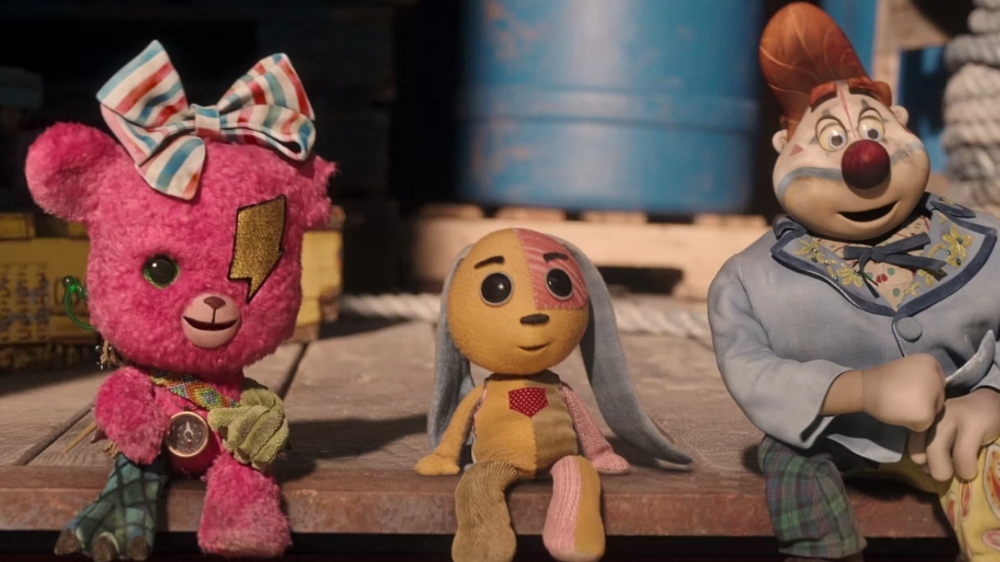
I enjoy the digital realm, and I love shooting [on] film as well. I’m looking forward to the next film project, but it’s been 15 years since I’ve shot with film. Digital cameras now are so capable and give us such a great toolbox to tell our stories in. As far as keeping up with it? I have a good relationship with ARRI, so I’m pretty abreast with what [the new] technology is. As it’s evolving with ARRI, I find their cameras to be the most filmic, not to use that old generic trope, but I find that their cameras behave in a way that’s most predictable to the way that my mind works.
I have a lot of faith in them. I can go into an environment and know what to expect from the machinery that I don’t necessarily know with other companies. Keeping abreast of it is just keeping in touch with them, plus staying ahead of the publications and following lighting technology as it changes, but also trying to cling to some of the older-school stuff I liked. It’s a matter of finding balance and tailoring it to the story.
BTL: If my facts are straight, you’ve got Champions, The Brothers Sun, and the Untitled Michael J. Fox Project coming up. Is that accurate? If so, let’s go through them…
Miles: They’re all accurate. I tend to go from one show to the other. Maybe it’s the legacy of my Chinese mother’s upbringing, where I always have to have something lined up right away. It’s like a security blanket. After Yellowjackets, I went straight back to shoot Champions. That was directed by Bobby Farrelly, whose movies with Peter [Farrelly] I enjoyed growing up. That was a nice opportunity to work with him. That was a great show. 10 of the cast members were actors with intellectual disabilities, which is something I’d not experienced.
Bobby and Peter Farrelly have, for a long time, tried to include people with disabilities in their movies, and this was a chance to tell a story that focused on them instead of having them as peripheral characters. Boy, what a life-changing experience that was, working with those kids. They were absolutely amazing, just inspiring as human beings. They live their lives every day in isolation from society because they’re ostracized everywhere they go. Every moment of their lives, they’re being judged by people around them. The fortitude they bring to everyday life is so inspiring. That was a great opportunity, and I’m grateful for that.
The Brothers Sun is a Netflix thing. My good friend, Kevin Tancharoen, is producing and directing. He directed the Mortal Kombat: Legacy web series that we did together back in 2012, in Vancouver. We had lots of fun on that. He and I crossed paths again on The Flash and Arrow. He called and said, ‘Do you want to come down and do a show that’s a cross between Crazy Rich Asians and John Wick? Come do it with me in L.A.’ It was an opportunity for me to do a show in L.A., which I’d never done before. I’ve always tried to pick projects that were closer to home because we had a daughter growing up. Now that she’s off to college, I can escape and expand my horizons. Number one on the show is Michelle Yeoh, a fellow Malaysian. We bonded right away.
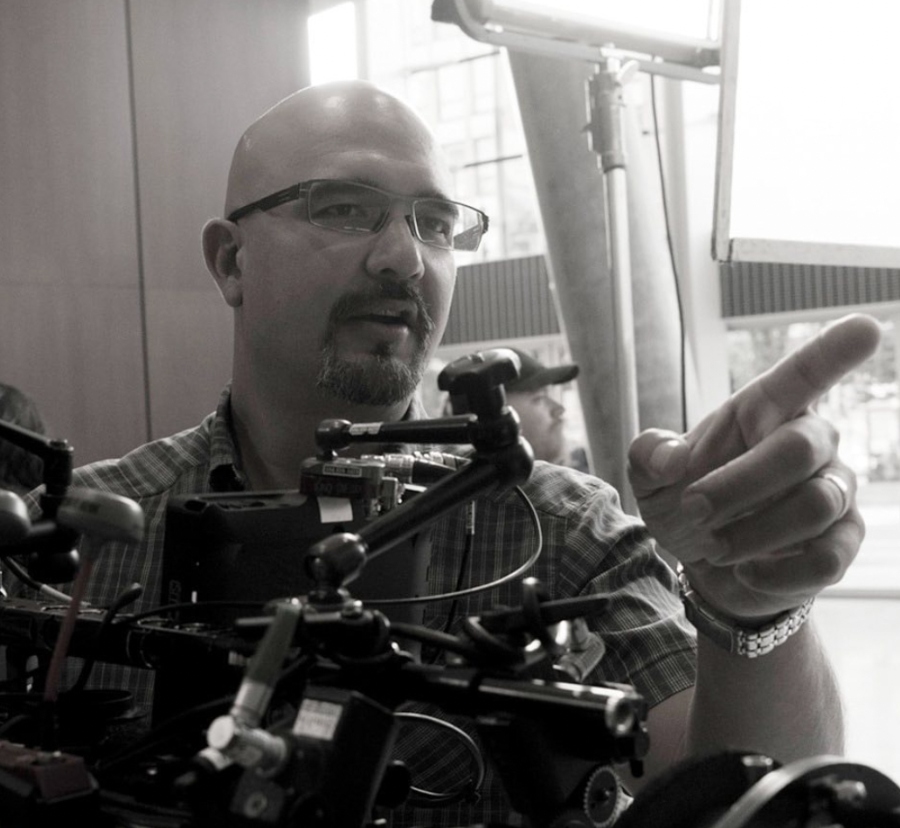
BTL: And the Michael J. Fox project?
Miles: The line producer on Champions was Drew Locke, from Vancouver. Drew had met these folks. Davis Guggenheim was the director of the Michael Fox thing. We’d just finished Champions and Drew said, ‘Do you want to come and meet these people, and have a look at the show? Because it’s got a lot of heart.’ I met with them and it looks so great. It’s Michael’s story, from his perspective.
It’s nice in the sense that it’s not about living with Parkinson’s, and it’s not about an actor’s life. It’s just about Michael and the things he’s lived with his whole life.
I met with Davis Guggenheim, who is an amazing human being and we chatted about it. I didn’t shoot any of the documentary-type stuff. I shot all the reenactments of Michael’s memories growing up in and around Vancouver. So, I guess I shot the dramatized portion of that show, but that was a lot of fun.
BTL: You also directed two episodes of The Flash. Are you heading toward the director’s chair? Do you prefer working as a cinematographer? Or do you ultimately want to do both?
Miles: Five years ago, I would’ve said both, or that maybe I was heading toward the director’s chair. What directing The Flash taught me was that directing episodic television for a network is a very different beast and one that I found too… I don’t want to say heartbreaking, but too discouraging. There are too many cooks all the time, and there [are] very [few] creative outlets for a director in those circumstances.
I was booked on more episodes of The Flash, Arrow, and Superman & Lois, but I ended up backing out of all those in favor of doing shows that I was shooting instead, [so] I do prefer cinematography. In television, I do prefer shooting the show. I like that creative aspect. Maybe it’s just a lazy side of me that doesn’t want to do all the homework directors have to do with TV.
Michelle Yeoh and I were talking about this, and she said, ‘Do you ever get aspirations of being a director?’ I said, ‘Maybe in indie movies or something, where there’s a little bit less supervision and a little bit less of the writers looking over your shoulder, trying to influence all your decisions all the time.’ In the meantime, I’m happy shooting. But yeah, never say never. I don’t think I would do any more television [though].
Lost Ollie is now streaming on Netflix.
https://www.youtube.com/watch?v=9U3BO8BoVhc





